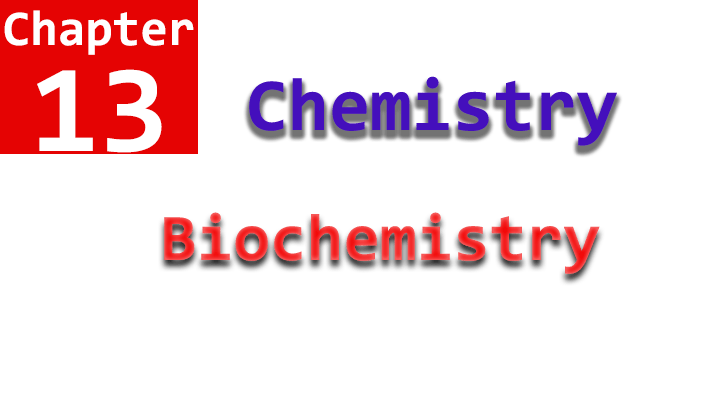Notes of 10th Chemistry Chapter No. 13 Biochemistry, All Long Questions, Short Questions and MCQ’s.
In Unit No. 13 of 10th-grade Chemistry, students will delve into the fascinating world of Biochemistry, which focuses on the study of essential biomolecules found in living organisms. This unit explores the structure, properties, and functions of various biomolecules, including carbohydrates, proteins, lipids, nucleic acids, and vitamins. By the end of this unit, students will gain a comprehensive understanding of these vital compounds and their significance in living systems.
Long Questions of Chapter No. 13
Short Questions of Chapter No. 13
MCQ’s of Chapter No. 13
- 10th Class Pak Study Textbook
- 9th and 10th Class General Science Textbook
- Chapter No. 9 Notes 10th Chemistry
- Biology 10th Class Past Papers
- English Past Papers of 10th Class
The specific learning outcomes (SLOs) outlined for this unit are designed to equip students with the ability to comprehend and differentiate between different biomolecules and their roles in biological processes. Let’s explore these learning outcomes:
Distinguish between mono-, di-, and trisaccharides (Understanding): This outcome emphasizes the understanding of the different types of carbohydrates based on the number of sugar units they contain, namely monosaccharides, disaccharides, and trisaccharides.
Describe the bonding in a protein (Understanding): Students will explore the intricate structures of proteins and comprehend the bonding forces, such as peptide bonds, responsible for their unique three-dimensional shapes and functions.
Explain the sources and uses of carbohydrates, proteins, and lipids (Understanding): This outcome focuses on providing students with a deeper understanding of the sources of these biomolecules in nature and their crucial roles in cellular energy, structural support, and various physiological functions.
Differentiate between fats and oils (Applying): Students will apply their knowledge of lipids to differentiate between fats and oils, recognizing their distinct physical states and nutritional significance.
Describe the importance of nucleic acids (Understanding): This outcome highlights the significance of nucleic acids, such as DNA and RNA, as the genetic material responsible for transmitting hereditary information and controlling cellular processes.
Define and explain vitamins and their importance (Understanding): Students will gain a clear understanding of what vitamins are and the essential roles they play in maintaining overall health and supporting various biochemical reactions in the body.
By achieving these learning outcomes, students will have a solid grasp of the fundamental principles of biochemistry and its relevance to the functioning of living organisms. This knowledge will lay the foundation for further exploration in advanced biology and chemistry courses, providing students with a holistic understanding of the intricate chemistry that underlies life itself.

